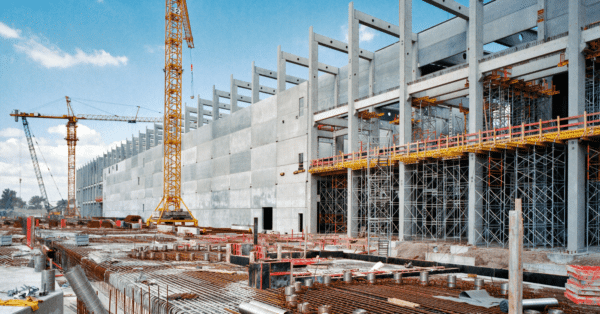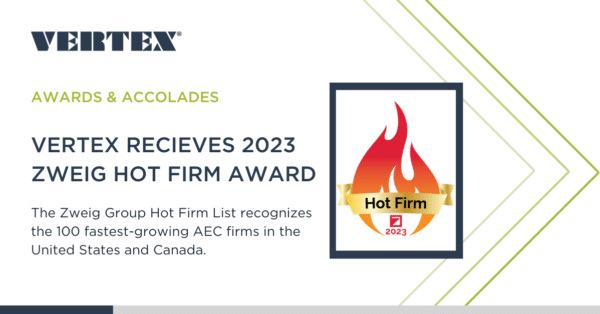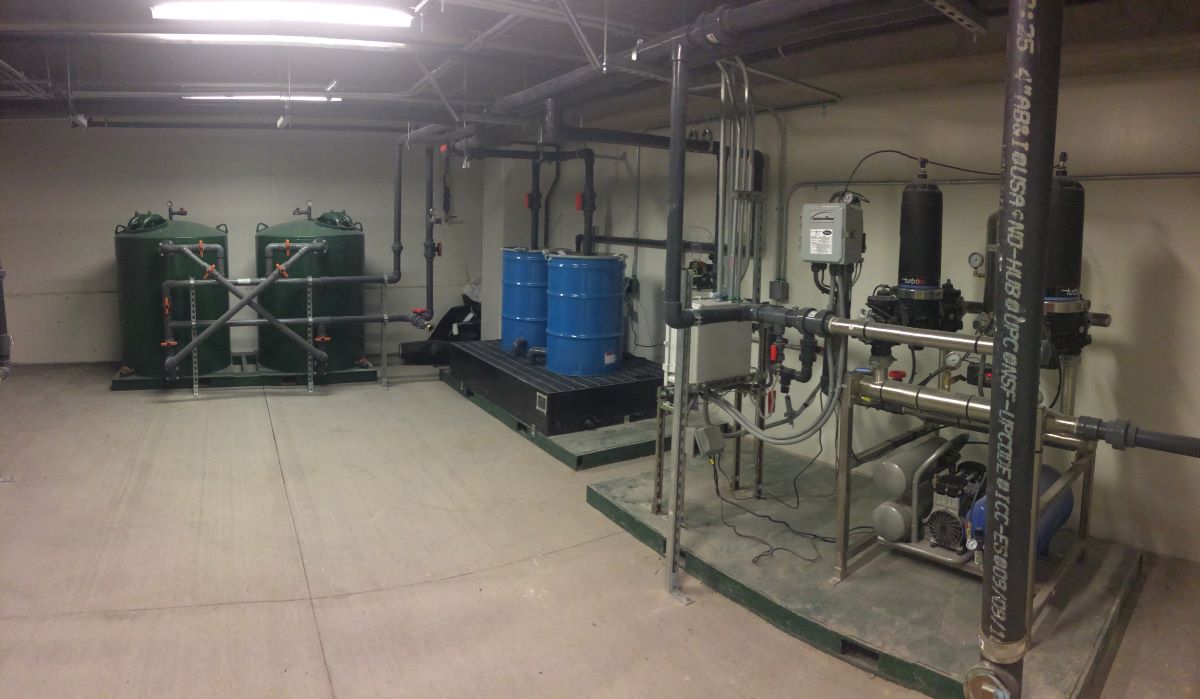One of the most overlooked and undervalued planning activities during a development or redevelopment project involves the evaluation of groundwater and dewatering on a project site and how the results may adversely affect the project environmentally, logistically, and financially. If overlooked, improper planning could result in the risk of a project shutdown, non-compliance with local, state, and/or federal regulations, and associated fines and unplanned project costs.
There are a variety of situations in which dewatering evaluations may be necessary. Planning new construction, a failing water discharge treatment system, changing groundwater levels that impact your drainage system, or altering/changing the use of the building systems that impacts water drainage are just a few examples. We help project developers, architects, and general contractors ensure that their projects are successful by assessing these various dewatering situations and providing an appropriate remediation plan.
What You Need to Know About Dewatering
Dewatering is the act of removing groundwater or surface water from a source area for the purpose of controlling groundwater levels, similar to the sump pump in your home.
Dewatering at construction sites removes groundwater in or surrounding an excavation in order to safely and effectively continue construction activities.
Dewatering at existing structures is performed to lower groundwater levels to help reduce uplifting loads on the structures, reduce the potential for flooding in underground structures, and depressurize and stabilize underlying soils.
Remediation or treatment of the groundwater, as a result of soil or groundwater contamination, may be necessary. Although your site may not have a history of contamination, contamination from off-site sources may be drawn towards your site during dewatering activities.
Planning, Design, and Permitting
The planning, design, and permitting for either temporary or permanent dewatering purposes varies based on what city and state a project is located in as well as the groundwater characteristics and discharge location. Dewatering contractors can have the tendency to over or under design treatment systems as proper characterization, prior to treatment, is often not performed.
Did you know some states allow dilution of the discharge water (called source blending) to achieve compliance with discharge standards? Most cities/states have specific permits depending on the outfall location of the groundwater (i.e., to a river/stream or injection back into the groundwater). Discharge limits can vary by city or state; some more stringent, some less.
It is our job as architects, project managers, or environmental consultants, to know and understand the regulatory requirements wherever your project site is located and help guide you by weighing all available treatment and discharge options from a feasibility and financial standpoint. These options include underground injection, source blending, ion exchange, reverse osmosis, mechanical filtration, activated carbon, discharge to surface water, or discharge to storm or sanitary sewer. Some service vendors tout their own equipment and treatment but fail to consider other options. We do not manufacture or supply equipment or treatment operators. As such, we can be impartial and investigate all treatment options, manufacturers, and service providers to offer efficient and economical systems.
Long-Term Treatment System Operation and Maintenance (O&M)
While treatment system capital costs (typically dependent on the type of treatment system selected, the duration of operation, and the quantity of groundwater) can run high, long-term O&M costs can add up even more quickly. Spending a little more time and money up front on the feasibility and design can save significant money and headaches on the back end. Project site water, humidity, contaminants, and pH need to be evaluated as long-term effects can adversely affect treatment system components and operational effectiveness.
Common O&M Issues
- Is filtration adequate or overkill?
- Are level switches adjusted to minimize water generation?
- Are system components being operated in lead/lag formation?
- Are existing components beyond their useful life?
- Are you operating in violation of your permit?
- Is the flow rate and retention time adequate for proper treatment?
- Are the materials of construction appropriate for the environment and water chemistry?
- Is there sufficient equalization within the system for flow and contaminant concentration?
- Is the system being operated and/or maintained by properly trained and licensed personnel?
Bandages Don’t Work
In the short term, bandages can be helpful to keep a system running but what starts out as a short-term issue can quickly become a long-term problem for you. Bandages can turn into emergencies that cost more in the long term.
For example, an oversized, rusty bag filter housing was leaking due to faulty lid seals and solids bypass was occurring due to corroded internal parts. The bypass of solids prematurely blinded the granular activated carbon media, requiring the replacement of the carbon media more often than necessary. Smaller stainless-steel filtration housings and regular maintenance on the lid gasket could have done the trick. In this example, the cost to replace and dispose of the spent carbon media greatly outweighed the cost to install stainless steel housings versus carbon steel at the onset of the project.
When Water Treatment Becomes Complicated
Water treatment involving the collection and pumping of water, flow equalization, filtration of particulates, and carbon adsorption of organic compounds is very common. More difficult treatment can involve the removal of metals and other hard to treat organic compounds by various methods. If you have any suspicion that your treatment system is not operating efficiently, please contact a qualified and experienced engineer.
How Can VERTEX Help?
The VERTEX team is more than equipped to conduct an evaluation of your dewatering and treatment challenges. We are able to assist with the planning, design, and permitting of complex groundwater treatment systems, both temporary and permanent, in order to achieve and maintain compliance with local, state, and federal regulations. Our team has provided cost-effective and impartial feasibility analyses on project sites across the globe.
Learn more about VERTEX’s Environmental services.
For more information, contact one of our Environmental Experts:
- Eastern U.S. – Richard Tobia
- Western U.S. – Scott Waldenmyer
- Outside the U.S. – Please contact us and someone will follow up with you promptly.









